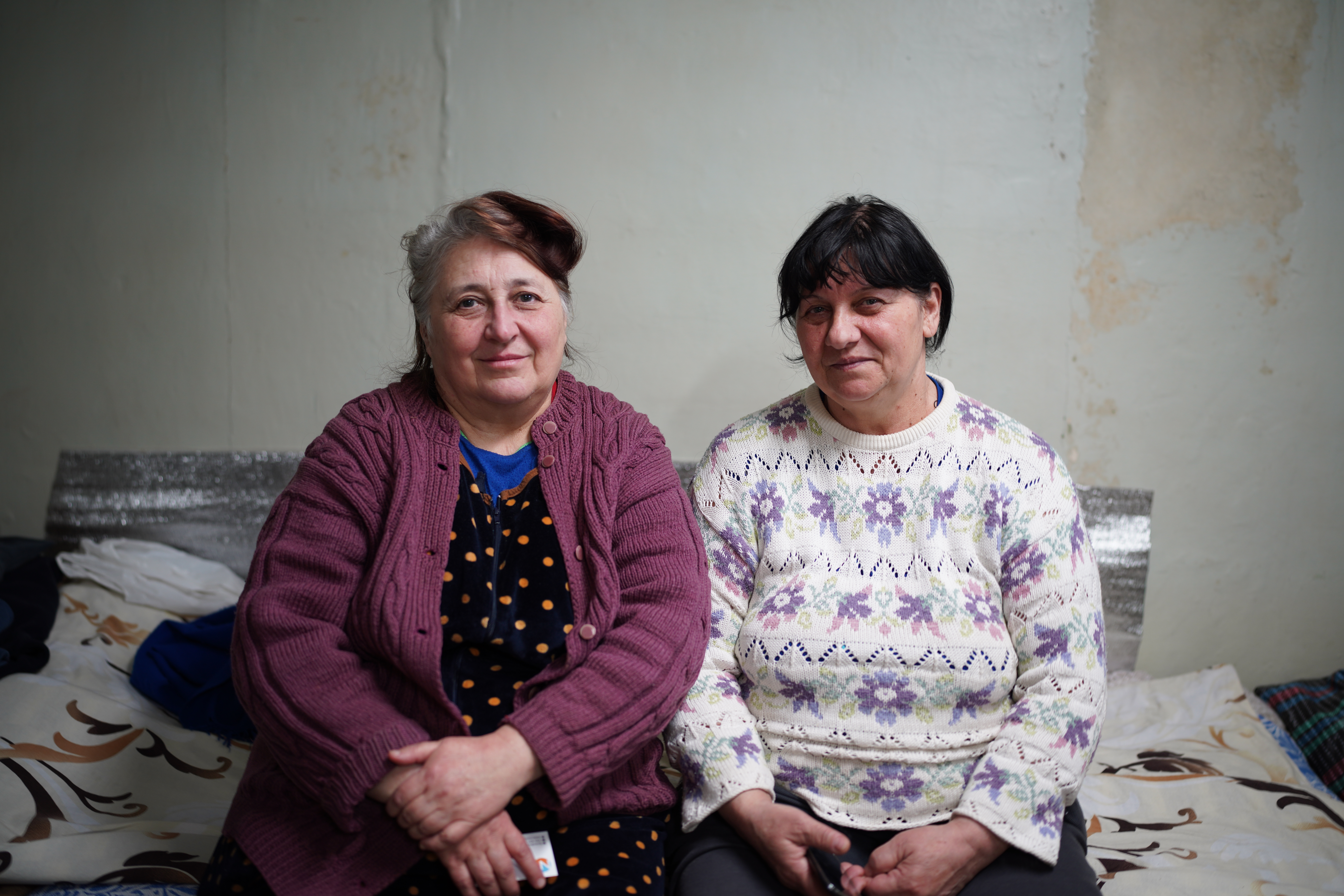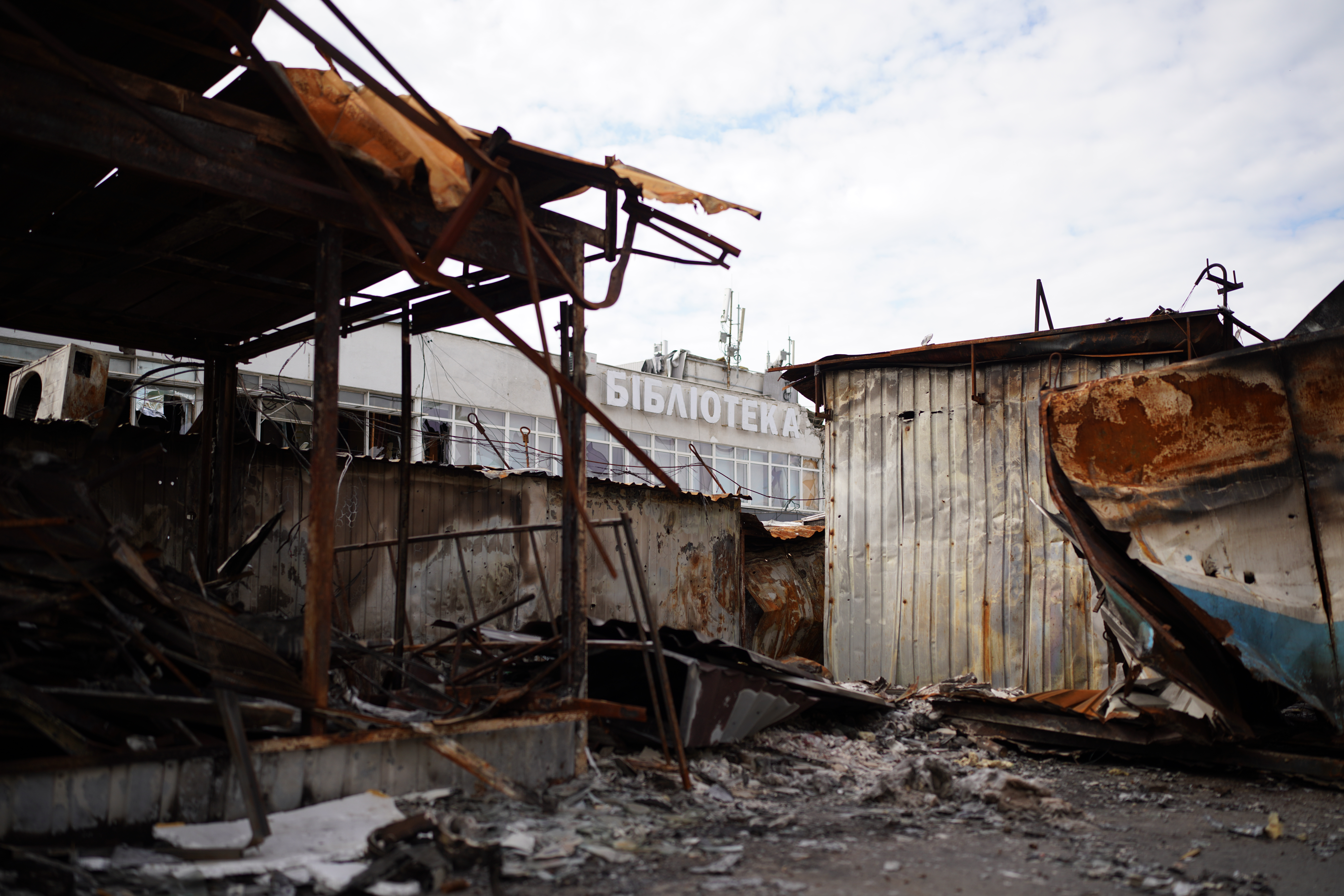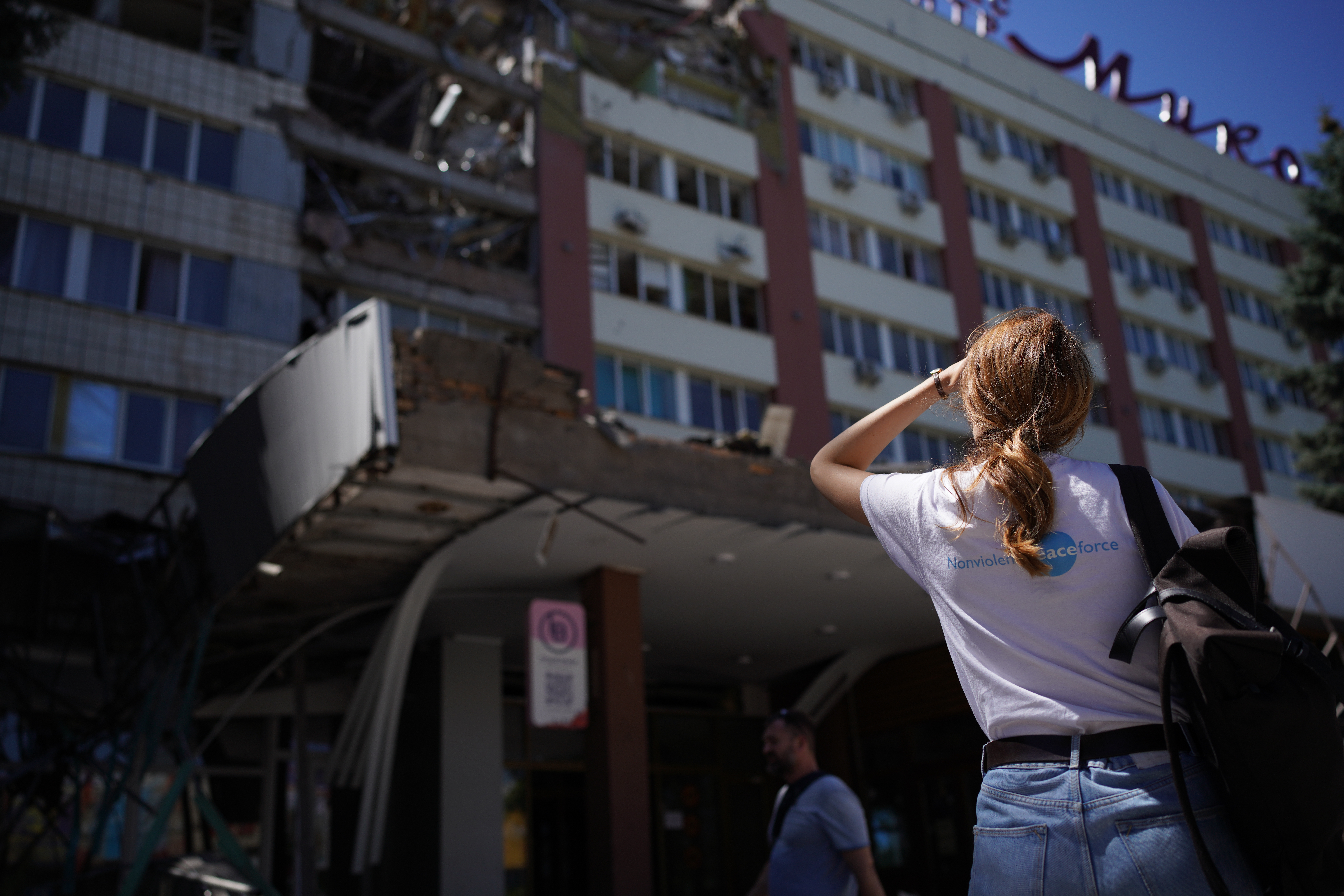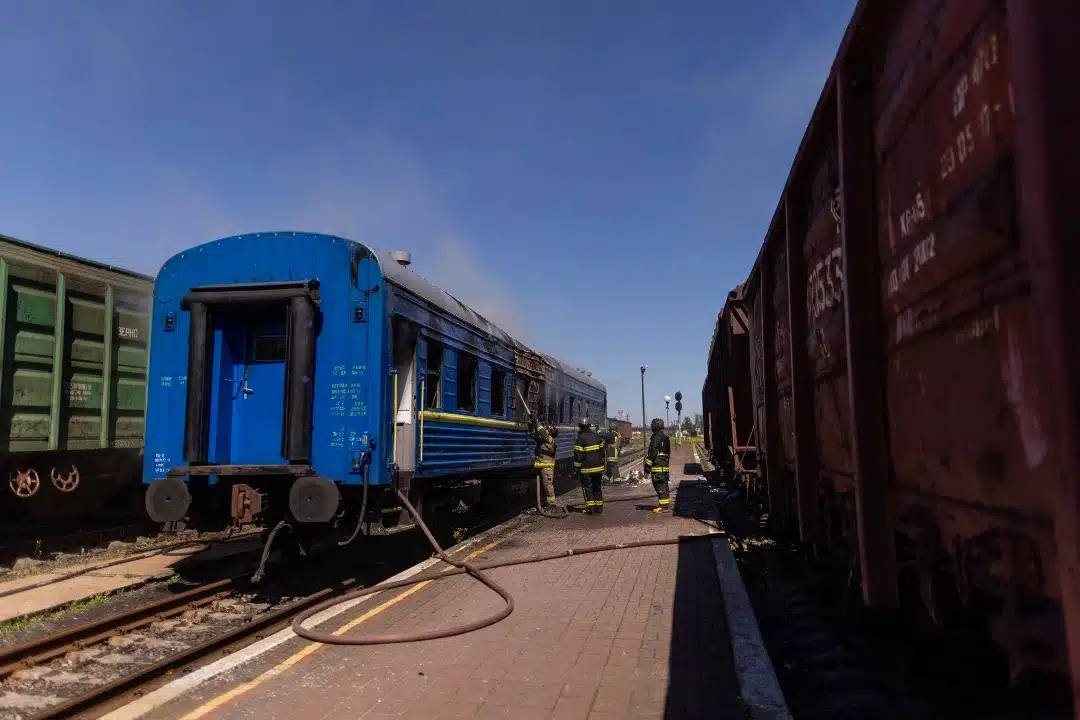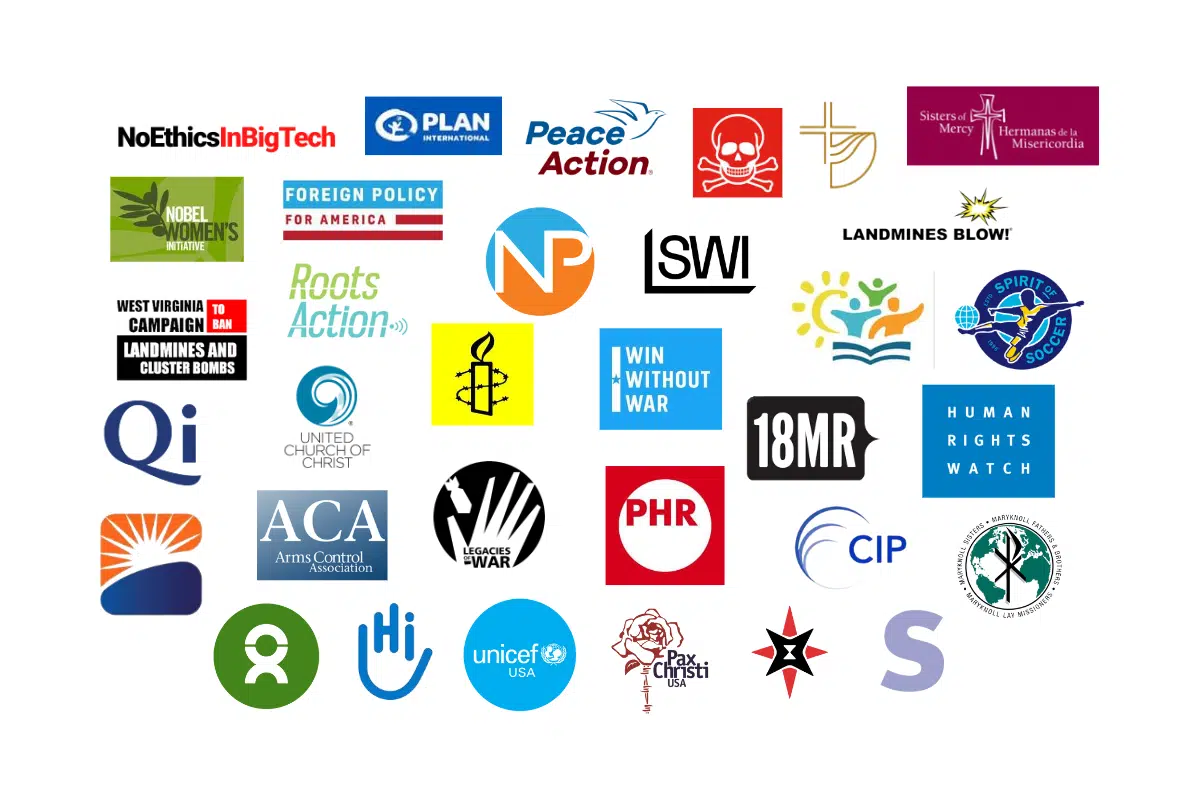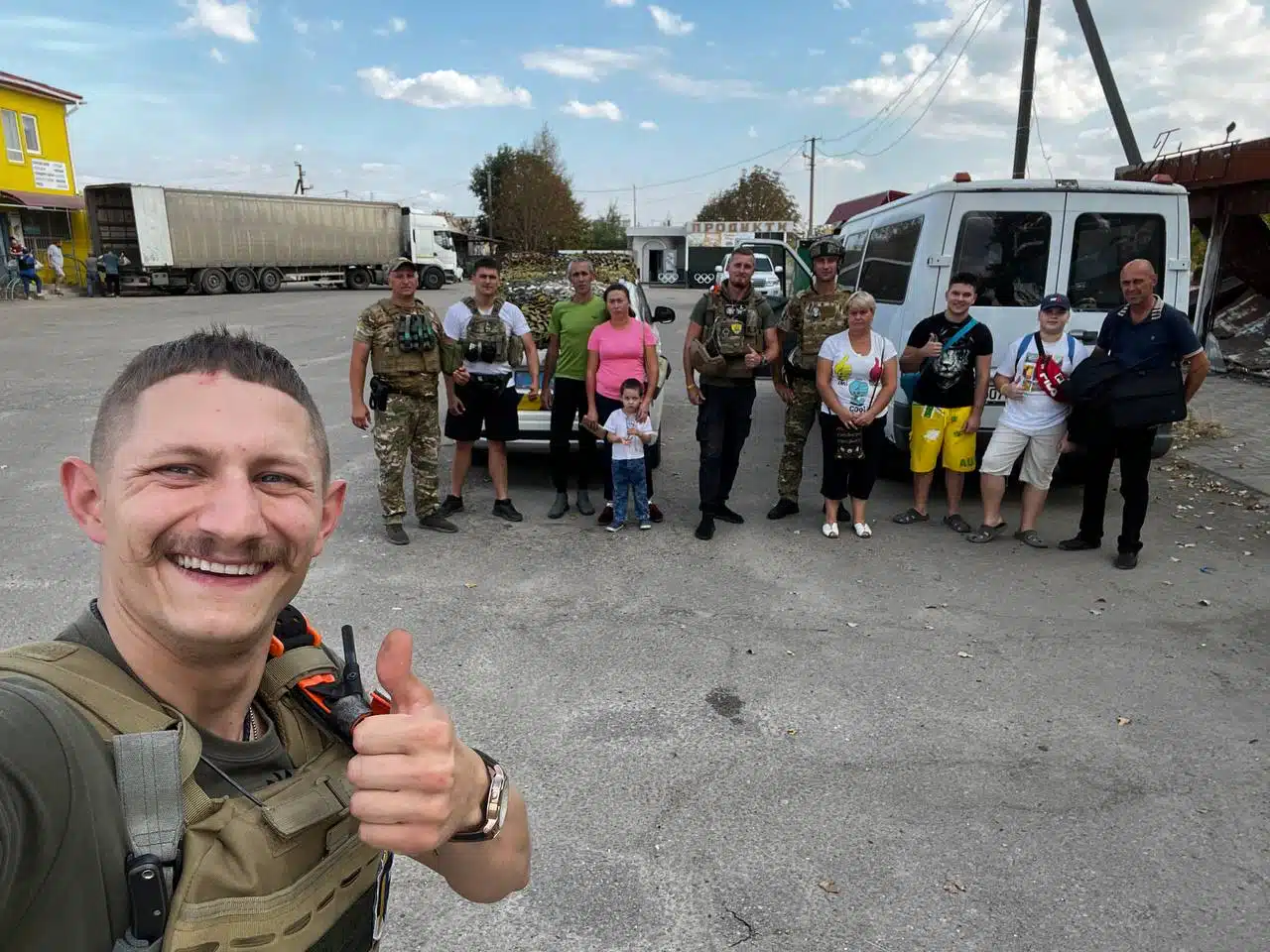أوكرانيا
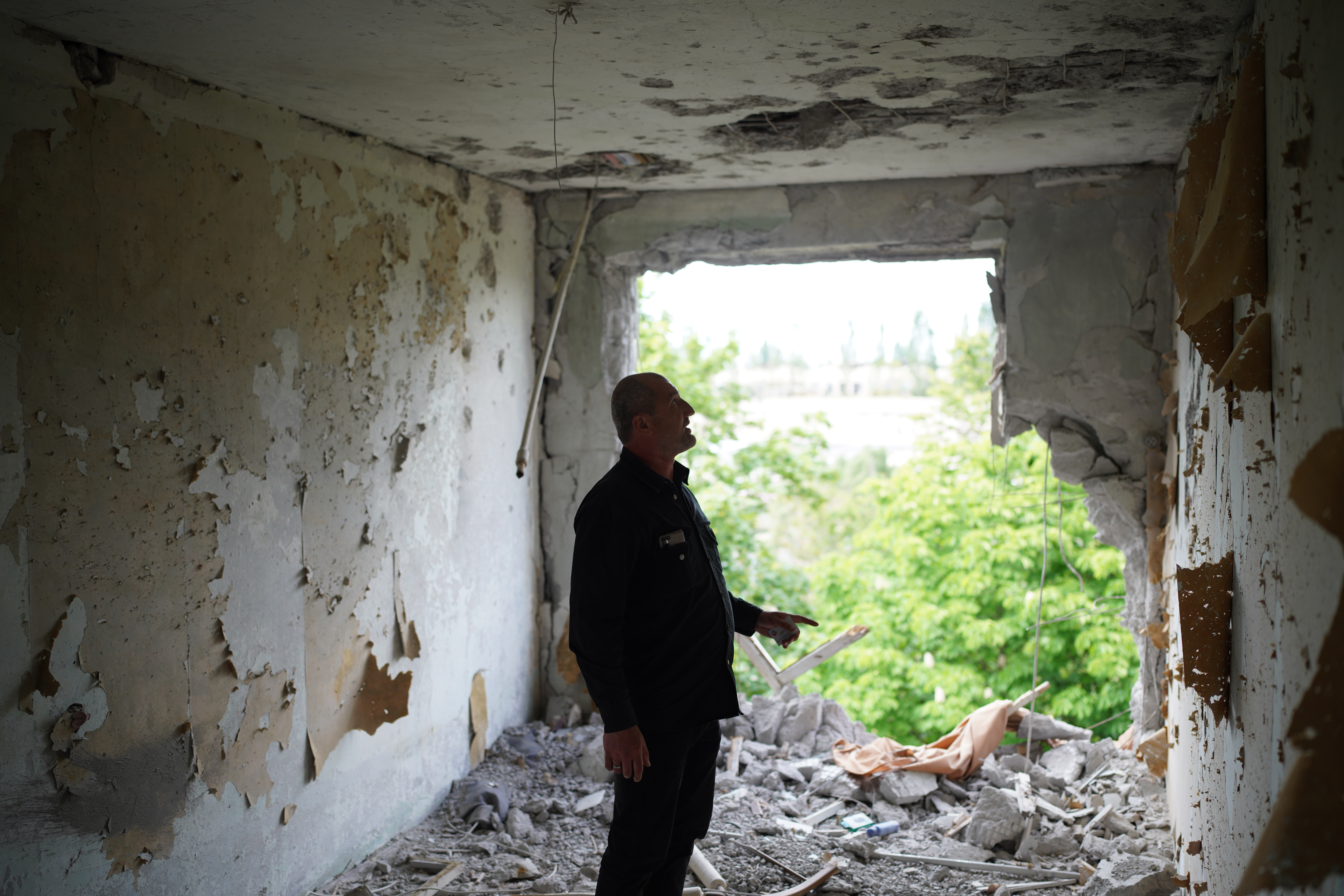
الحاجة إلى الحماية في أوكرانيا
على الرغم من هيمنة أنباء القصف العنيف وتحركات القوات الروسية على عناوين الأخبار، إلا أن النزاع قد خلق أزمات متعددة الأوجه واحتياجات واسعة النطاق. وهنا، تتجلى الحاجة إلى الحماية.
على الرغم من أن الفاعلين الدوليين أعادوا ترسيخ وجودهم في أوكرانيا في أوائل عام 2022 ، إلا أن الجزء الأكبر من الاستجابة الإنسانية في المناطق غير المأهولة وخطوط المواجهة تستمر من قبل المنظمات المحلية وشبكات المتطوعين غير الرسمية - وكل ذلك بقليل من الدعم.
من الأطفال إلى مجتمعات LGBTQI + إلى الأشخاص ذوي الإعاقة والأمراض ، إلى كبار السن وأولئك في المستشفيات أو المؤسسات ، هناك العديد من النازحين أو غير القادرين أو غير الراغبين في الإخلاء ، خاصة أولئك الذين يعيشون في المؤسسات أو المستشفيات. فهم لا يتعرضون لخطر الإصابة أو الموت من الحرب فحسب ، بل يكافحون أيضًا للعثور على الطعام أو الدواء أو المأوى الذي يحتاجون إليه للبقاء على قيد الحياة.
عمل منظمة فوة السلام دون عنف (NP) في أوكرانيا
تعمل NP في المناطق غير المحتلة والمناطق الأمامية في جنوب وشمال أوكرانيا ، وتوفر حماية غير مسلحة للمدنيين ، بما في ذلك مجموعات المتطوعين المحليين.
من خلال الانخراط الاستباقي مع المجتمعات المتضررة من الحرب وأصحاب المصلحة الرئيسيين ، سهلت فرق NP الوصول المعزز والأكثر أمانًا إلى الخدمات الإنسانية للسكان ذوي الاحتياجات الخاصة في الأراضي غير المحتلة ، وكذلك في المناطق القريبة من خط المواجهة أو التي يصعب الوصول إليها. تعمل NP أيضًا على تحسين سلامة وأمن المتطوعين المحليين وأول المستجيبين مع دعمهم لمواصلة جهودهم وتوسيعها على طول الخطوط الأمامية. قامت NP بدمج التخفيف من حدة الصراع والشفاء في الاستجابة لحالات الطوارئ على المدى القصير وتهدف إلى تعزيز بيئة مواتية لمجموعات المتطوعين المحليين لتشكيل التعافي المبكر وبناء السلام بعد الحرب.
حتى الآن ، تشمل أعظم إنجازات NP Ukraine الحماية من خلال الوجود في المناطق المحرومة وغير الآمنة للغاية حيث يكون الوجود الدولي محدودًا أو غير موجود ، نشر المعلومات على الخدمات الإنسانية الأساسية المتاحة للمدنيين المتنقلين ، و دعم الاستجابة المحلية من خلال توفير معدات الحماية الشخصية (مثل السترات الواقية) والوقود ورواتب المتطوعين. وقد سمح ذلك للفرق بالتركيز على هدفنا الرئيسي - توفير الحماية والدعم المستمر للمدنيين ومنظمات المجتمع المدني ومجموعات المتطوعين.
انظر المزيد:
- النتائج الأولية (مايو 2022)
- لقطة خاركيف (يونيو 2022) باللغة الإنجليزية ؛ في الأوكرانية
- لقطة ميكولايف (يوليو 2022) باللغة الإنجليزية; في الأوكرانية
- تحديث لقطة خاركيف (سبتمبر 2022)
- تقييم خيرسون السريع (نوفمبر 2022) باللغة الإنجليزية; في الأوكرانية
- تحديث لقطة خيرسون (ديسمبر 2022)
- احتياجات الحماية المدنية في مناطق المواجهة التي تم احتلالها (فبراير 2023)
- شراكات مسؤولة؟ المخاطر والحماية والجهات الفاعلة المحلية في الاستجابة الإنسانية لأوكرانيا (مايو 2023)؛ في الأوكرانية
- احتياجات واستجابات حماية المدنيين في سد كاخوفكا (يونيو 2023) ؛ في الأوكرانية
- احتياجات الحماية والاستجابات في المناطق غير المحتلة ومناطق الخطوط الأمامية في دونيتسكا أوبلاست، أوكرانيا (أغسطس 2023)
- رحلات محفوفة بالمخاطر: مخاطر الحماية والاستجابات للمواطنين الأوكرانيين العائدين من المناطق التي تحتلها روسيا (مارس 2024)
مستقبل عمل منظمة قوة السلام دون عنف (NP) في أوكرانيا
ستواصل NP التركيز على تلبية الاحتياجات العاجلة لحماية المدنيين للمجتمعات الضعيفة عبر خاركيف وأوديسا وميكولايف وخيرسون أوبلاست. سيستمر الفريق في توفير الحماية للمجتمعات في الأماكن التي يصعب الوصول إليها وربطها بالخدمات الإنسانية مثل الغذاء والماء والأدوية.
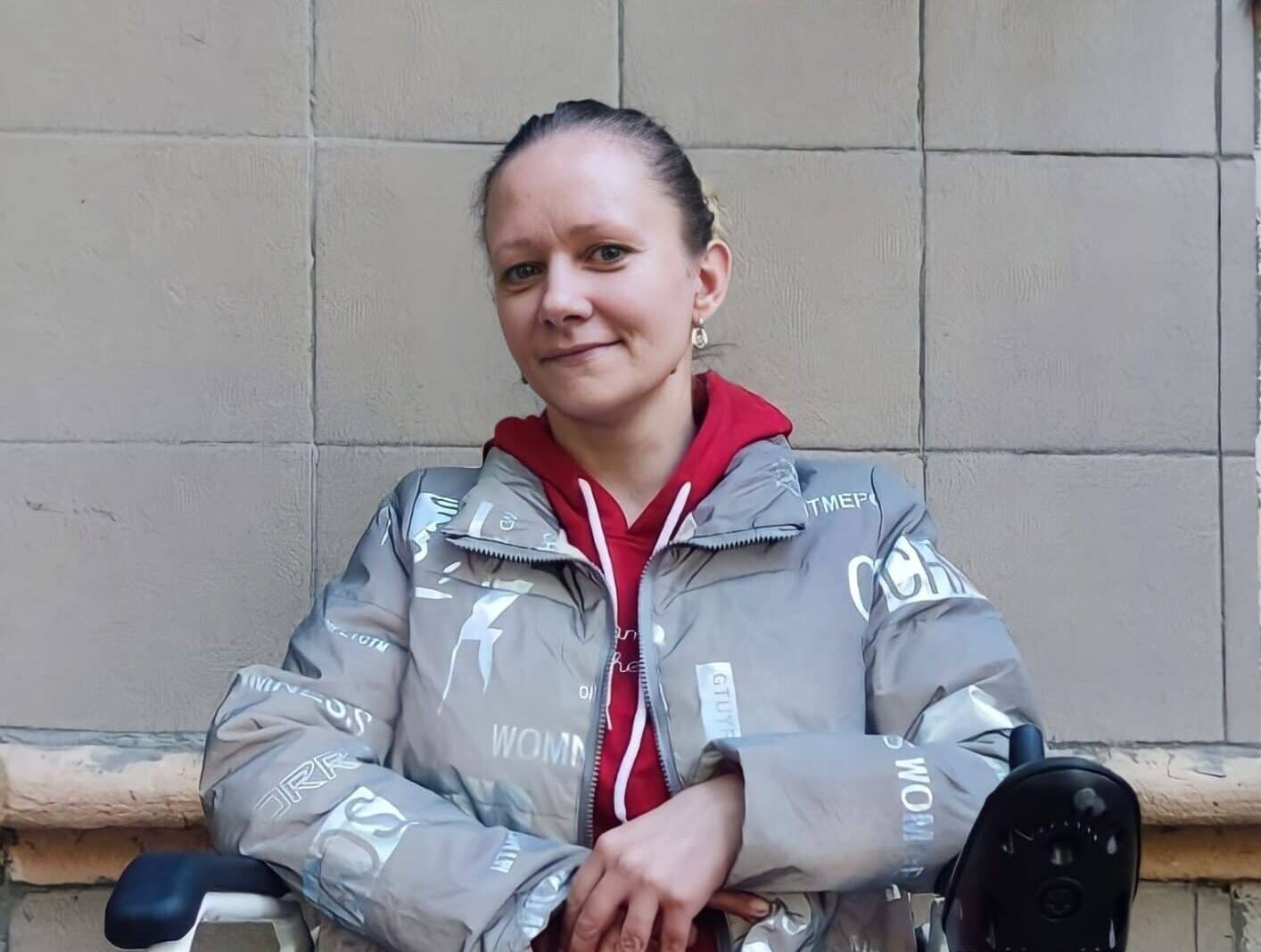
"الآن بعد أن أصبح لدي جواز سفر ، سأتمكن من التسجيل في ميكولايف
قدم هدية الآن
